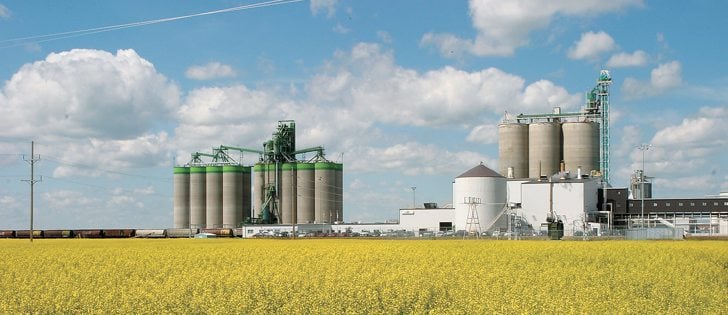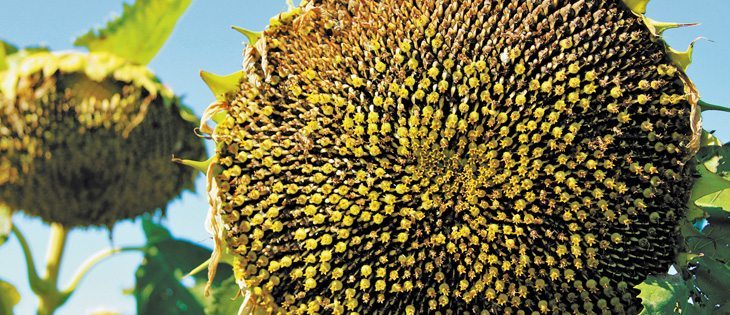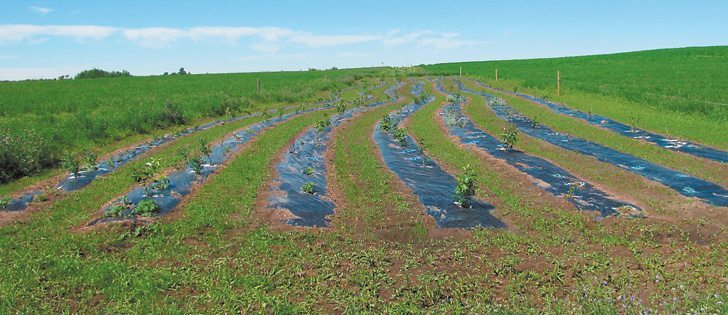Canola prices have been bolstered recently by strong global meal demand, but an analyst says that relationship could be headed for divorce.
Harold Davis, author of Prairie Crop Charts, thinks it’s time for soybean meal to take a rest and allow soybean oil to resume its usual leadership role as the main driver behind canola prices.
“I think the meal story is coming to an end,” he said.
Chicago soybean meal prices “have gone through the roof” in recent months while soybean oil languished in a bear market until last week.
Read Also

Canola used in only quarter of Canadian biofuel
Less than one-quarter of the biodiesel and renewable diesel used in Canada in 2024 was made from canola oil feedstock
The rise in soybean meal prices coincided with China banning rapeseed meal shipments from India in January because it contained traces of malachite green, a hazardous chemical.
Chinese officials are scheduled to visit India by the end of July to sort out the issue. Davis thinks there is a good chance the two countries can come to a resolution.
“That could spell the end of that driver,” he said.
Davis said there is a chance canola prices might test the downside of the market during the “indigestion” of switching from a meal-driven to an oil-driven market.
Canola meal prices have been lifted by the surge in soybean meal values, but crushers say demand for the product has been rather lackluster.
“Apart from the last four to six months, meal demand in the U.S. has actually been a little softer than it had been in 2008 and 2007,” said Pat Van Osch, vice-president of Richardson Oilseed Ltd.
Global demand for meal products is strong, but Canadian crushers are more influenced by nearby North American demand for their product, and that has been static.
Joel Horn, chief executive officer of Legumex Walker Inc., a Canadian grain company building a canola crush facility in Warden, Washington, recently told investors during the company’s annual general meeting the byproduct is still generating strong revenues for crushers.
“On the canola meal side, we haven’t necessarily seen a growth in the amount of consumption but we’ve seen an increase in the price that the poultry farmers and the dairy consumers are willing to pay for canola meal,” he said.
Van Osch isn’t concerned about the lack of growth in meal demand despite 1.7 million tonnes of additional canola crush capacity either planned or under construction in Western Canada and the northwest United States.
“We’re focused more on the oil. Not that the meal isn’t important. You’ve still got to move 60 percent of your production out as meal,” he said.
“But from a revenue perspective, you’re far more influenced by the demand of oil than you are by the demand of meal and that side of the equation certainly shows more strength than weakness.”

















